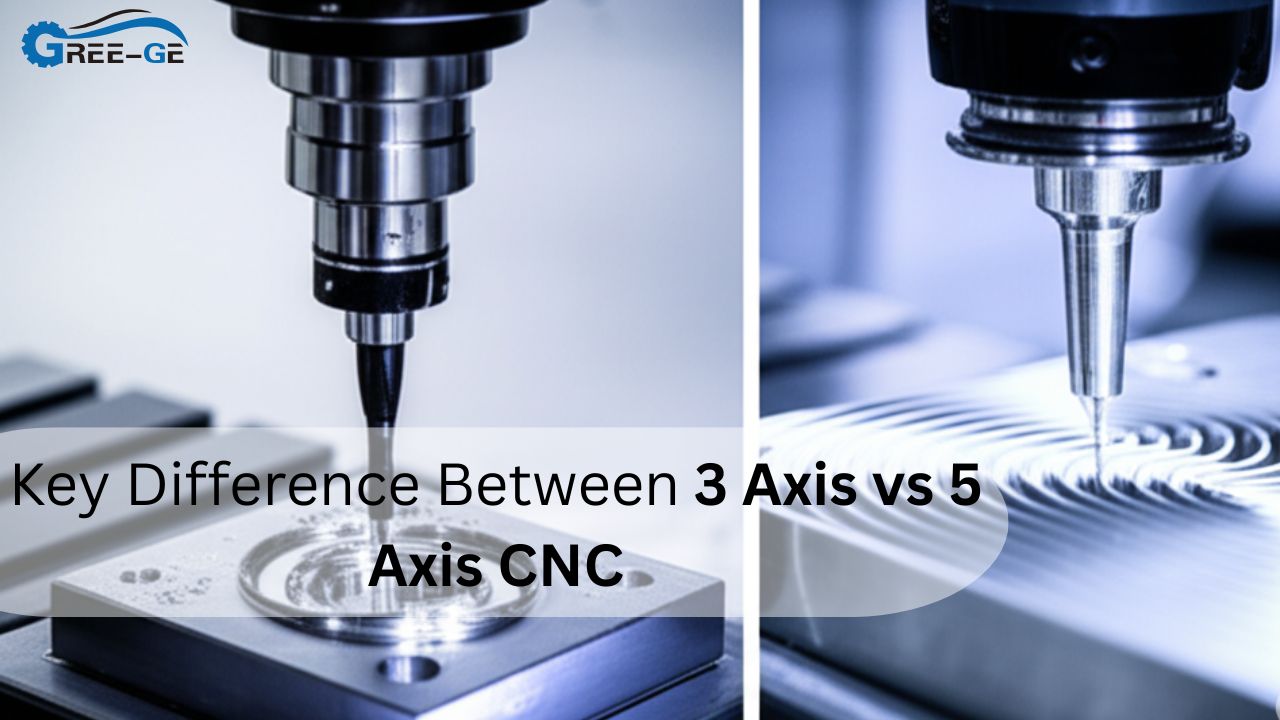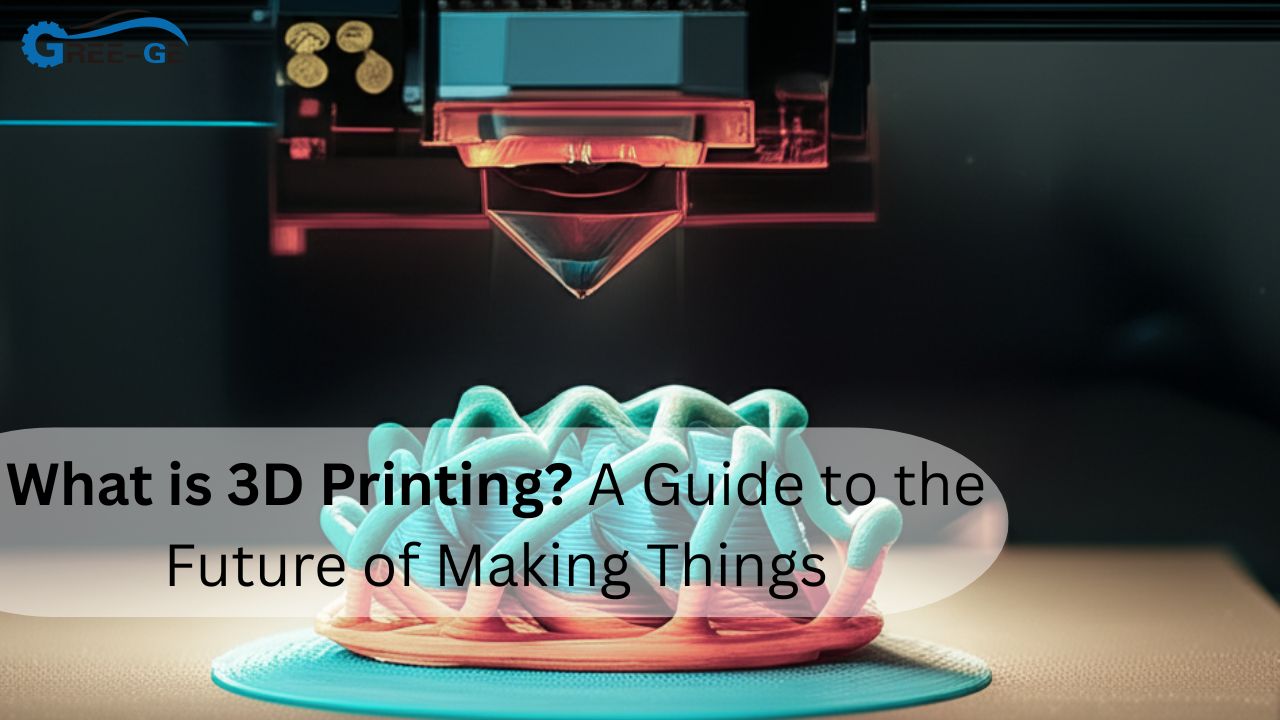Aluminum is the backbone of modern lightweight engineering — from aerospace and automotive to packaging and construction. But pure aluminum alone can’t shoulder the performance demands of these industries. The real game-changer? The elements alloyed into aluminum. These alloying elements transform soft, malleable aluminum into high-strength, corrosion-resistant, and machinable materials perfectly tuned for specialized applications.
This article drills down into how key alloying elements impact aluminum alloy microstructure and properties, unlocking the strategic advantage for engineers, designers, and manufacturers looking to optimize materials for next-level performance.
The Basics: What Are Aluminum Alloy and Why Alloying Matters?
Aluminum alloy are engineered blends of aluminum with other elements—primarily metals—that enhance its mechanical, physical, and chemical properties. Aluminum itself is lightweight, corrosion-resistant, and highly conductive but falls short on strength and wear resistance when unalloyed.
Alloying enables control over:
- Strength and hardness
- Corrosion resistance
- Ductility and toughness
- Machinability and weldability
- Thermal and electrical conductivity
Each element added affects these properties differently by altering aluminum’s microstructure — the arrangement of atoms and phases within the metal. The key is understanding which elements do what, and how their proportions modulate performance.
Key Alloying Elements and Their Impact on Aluminum Alloy
1. Silicon (Si)
- Role: Silicon improves casting fluidity and wear resistance, reduces shrinkage during solidification, and increases strength.
- Impact: High Si content creates hard intermetallic phases, boosting wear resistance and tensile strength but reducing ductility.
- Typical Usage: Silicon is the main element in Al-Si casting alloys (e.g., 4xxx series), widely used in automotive engine blocks and housings.
- Microstructure Effect: Forms hard silicon particles dispersed in aluminum matrix, improving hardness but can cause brittleness if excessive.
2. Magnesium (Mg)
- Role: Magnesium dramatically enhances strength and hardness through solid solution strengthening and precipitation hardening.
- Impact: Mg contributes to improved corrosion resistance, especially when combined with silicon.
- Typical Usage: Dominant in the 5xxx and 6xxx series alloys, ideal for marine environments and structural components.
- Microstructure Effect: Mg atoms distort the aluminum lattice, impeding dislocation movement and increasing yield strength.
3. Copper (Cu)
- Role: Copper significantly increases strength and hardness but can decrease corrosion resistance.
- Impact: Cu enables heat-treatable alloys with excellent mechanical properties but requires protective coatings for corrosion.
- Typical Usage: Key in 2xxx series alloys used in aerospace for high strength-to-weight ratio parts.
- Microstructure Effect: Forms precipitates like Al2Cu during aging, refining grain structure and strengthening the alloy.
4. Zinc (Zn)
- Role: Zinc boosts strength via precipitation hardening and solid solution strengthening.
- Impact: Combined with magnesium and copper (7xxx series), Zn creates some of the highest strength aluminum alloy but with reduced corrosion resistance.
- Typical Usage: Aerospace and sporting goods rely heavily on these alloys where strength is paramount.
- Microstructure Effect: Zn forms fine precipitates that lock dislocations, boosting tensile strength.
5. Manganese (Mn)
- Role: Manganese improves corrosion resistance and toughness and controls grain structure.
- Impact: Mn refines grains and reduces susceptibility to stress corrosion cracking.
- Typical Usage: Found in 3xxx series alloys for beverage cans and roofing sheets.
- Microstructure Effect: Mn forms dispersoids that inhibit grain growth during processing.
6. Chromium (Cr)
- Role: Chromium increases strength and corrosion resistance, especially at elevated temperatures.
- Impact: Cr reduces grain size and enhances resistance to stress corrosion cracking.
- Typical Usage: Common in marine-grade aluminum and heat-resistant alloys.
- Microstructure Effect: Forms fine particles that pin grain boundaries, stabilizing microstructure.
7. Iron (Fe)
- Role: Iron is typically an impurity but is present in trace amounts.
- Impact: Fe reduces ductility and can form brittle intermetallic compounds, negatively affecting mechanical properties.
- Typical Usage: Its presence is controlled tightly, with less than 1% typical in commercial alloys.
- Microstructure Effect: Fe-rich phases form hard, brittle inclusions that act as crack initiation points.
8. Titanium (Ti)
- Role: Titanium is used as a grain refiner.
- Impact: It promotes fine grain structure during casting and hot working.
- Typical Usage: Added in small amounts (<0.2%) in many aluminum to improve toughness.
- Microstructure Effect: Ti forms nuclei for grain formation, resulting in smaller, more uniform grains.
How Elemental Variations Shape Aluminum Properties
The magic of aluminum alloy lies in balancing elemental composition to target specific performance criteria:
| Property | Key Element(s) | Effect Summary |
|---|---|---|
| Strength | Mg, Cu, Zn | Solid solution + precipitation hardening |
| Corrosion Resistance | Mg, Mn, Cr | Forms protective oxide layers, grain refinement |
| Wear Resistance | Si | Hard silicon particles increase abrasion resistance |
| Ductility | Low Fe, controlled Cu | Avoid brittle phases, maintain toughness |
| Machinability | Si, Cu | Improves chip formation and surface finish |
| Weldability | Low Cu, controlled Zn | Reduces hot cracking susceptibility |
Thermal and mechanical treatments such as annealing, quenching, and aging work synergistically with alloy elements to maximize these effects.
Real-World Application: Why Elemental Control Is Critical
Aerospace: 7xxx Series (Al-Zn-Mg-Cu)
The aerospace sector demands the highest strength-to-weight ratios. Alloys 4130 feature high zinc and magnesium with copper, delivering exceptional tensile strength over 500 MPa. But these gains come at a cost—sensitivity to corrosion. Hence, surface treatments and precise elemental balances are crucial to ensure durability under harsh environmental stresses.
Automotive: 6xxx Series (Al-Mg-Si)
In automotive, the 6xxx series dominates due to good strength, corrosion resistance, and excellent formability. Silicon and magnesium combine to enable heat treatment strengthening with better weldability than alloys 4340, perfect for chassis and body panels. The balance of Si and Mg affects aging kinetics, so manufacturers tweak these elements to optimize manufacturing cycles and final part performance.
Marine: 5xxx Series (Al-Mg)
Marine environments expose metals to saltwater corrosion. The 5xxx series utilizes higher magnesium content to boost corrosion resistance and toughness. Mn and Cr further refine microstructure, improving stress corrosion cracking resistance. Here, elemental precision protects structural integrity and extends service life, critical for safety and cost efficiency.
Element Engineering and Aluminum Alloy Innovation
Material scientists and engineers are pushing the envelope by tailoring aluminum alloy chemistry at the atomic scale:
- Microalloying: Introducing trace elements like scandium (Sc) or zirconium (Zr) to refine grains and boost strength without sacrificing ductility.
- Recycling-friendly alloys: Designing alloys with element profiles optimized for circular economy goals, minimizing impurities and easing re-melting.
- Additive Manufacturing: Alloy formulations optimized for 3D printing processes, requiring different thermal behaviors and solidification patterns.
- Corrosion-resistant coatings: Elemental combinations designed to work synergistically with advanced surface treatments to prolong lifespan.
Leveraging Elemental Impact for Competitive Edge
- Know Your Elemental Trade-offs: High strength alloys (like those rich in Zn and Cu) come with corrosion susceptibility; balancing elements like Mg and Mn can offset that.
- Process Compatibility: Element choice dictates weldability and machinability—critical for efficient manufacturing pipelines.
- Tailored Applications: Aerospace, automotive, and marine sectors need alloys engineered for their unique environment and stress profiles.
- Innovation in Alloying: Keep an eye on microalloying and new element combinations to unlock performance breakthroughs.
- Sustainability Focus: Element selection impacts recyclability and environmental footprint—key for future-proofing your materials strategy.
Conclusion
In the world of aluminum alloy, elements are the ultimate game-changers. The right blend of silicon, magnesium, copper, zinc, manganese, chromium, iron, and titanium transforms aluminum from a lightweight metal into a high-performance engineering marvel.
Understanding each element’s microstructural role and performance impact enables strategic alloy selection and design, directly influencing strength, durability, corrosion resistance, and manufacturability. With growing demand for lightweight, sustainable, and high-strength materials, mastering aluminum alloy element impact is non-negotiable for industry leaders aiming to scale and innovate.
FAQs
What is the most important alloying element in aluminum alloy?
A1: It depends on the application, but magnesium (Mg) and silicon (Si) are crucial for strength and castability, while zinc (Zn) and copper (Cu) deliver top-end strength in aerospace-grade alloys.
How do alloying elements improve aluminum’s strength?
A2: Elements like Mg, Cu, and Zn strengthen aluminum through solid solution strengthening and precipitation hardening, which block dislocation movement and refine microstructure.
Why does copper reduce corrosion resistance in aluminum alloy?
A3: Copper forms precipitates that can create galvanic cells, increasing corrosion risk. Protective coatings and precise alloy balances are necessary to mitigate this.
Can aluminum alloy be both strong and corrosion-resistant?
A4: Yes, by optimizing elements like magnesium and manganese and controlling copper and zinc content, alloys can balance high strength with good corrosion resistance.
What role does silicon play in aluminum casting alloys?
A5: Silicon enhances fluidity and wear resistance in casting alloys by forming hard silicon particles, reducing shrinkage and improving surface finish.







